Wires in Wall
missmague
9 years ago
Related Stories
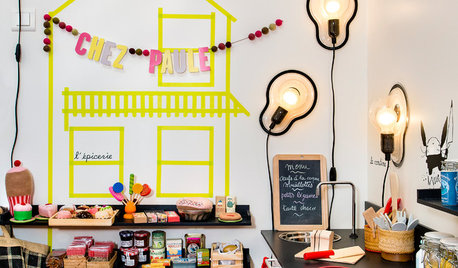
LIGHTING10 Ways With Wall Lights That Don’t Need to Be Wired In
Learn how to add illumination to your home without carving into the walls
Full Story
DIY PROJECTSHide All Those Wires in a DIY Charging Station
Keep your gadgets handy and charged with a flexible storage board you can design yourself
Full Story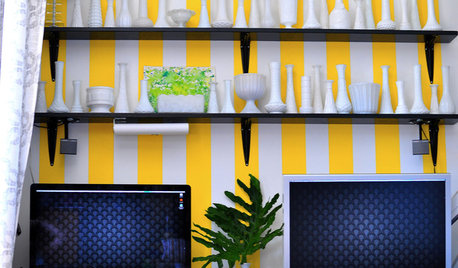
ACCESSORIESHow to Hide Those Messy Wires
Untangle Yourself From Ugly Electrical Cords With a Few Tricks and Accessories
Full Story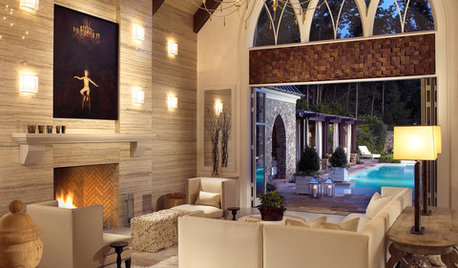
MORE ROOMSHome Tech: Getting Rid of Wires Without Sacrificing Sound
Wireless home technology still isn't perfect, but new products are giving audiophiles choices
Full Story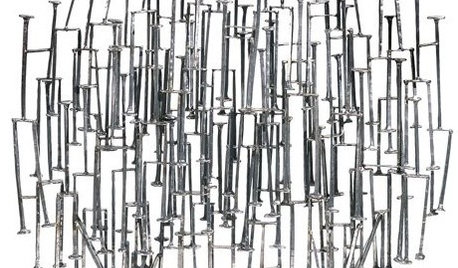
PRODUCT PICKSGuest Picks: Wonderful Wire
Use the strength and versatility of modern and vintage wirework to bring creativity to your home
Full Story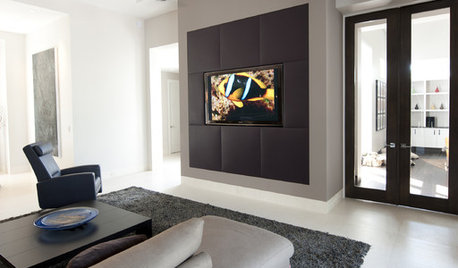
MORE ROOMSMedia Wall Hides the Television in Plain Sight
Award-winning media wall makes TV screen part of the design, hides the wires away
Full Story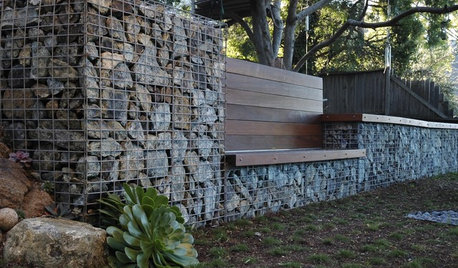
DESIGN DICTIONARYGabion Wall
A wire cage filled with rock makes for a free-form wall solution
Full Story
DIY PROJECTSHide Cords in Style With DIY Graphic Panels
Keep wires under wraps for a neater-looking home office or media center, with wall panels you make to your exact taste
Full Story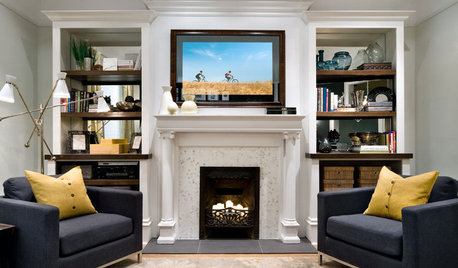
HOME TECHSave Your Decor — Hide Your Media Stuff
When you tuck boxes, wires and speakers into walls and ceilings, all you'll notice is your favorite shows or music
Full Story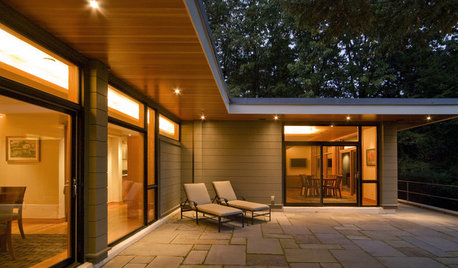
DESIGN DICTIONARYSoffit
Tucked under a roof or near a ceiling, this architectural feature adds a polished look while concealing wires, lights or plumbing
Full Story0
More Discussions








Ron Natalie
kudzu9
Related Professionals
Casas Adobes General Contractors · Cedar Hill General Contractors · East Riverdale General Contractors · Highland City General Contractors · Jericho General Contractors · Keene General Contractors · Langley Park General Contractors · Lincoln General Contractors · Chantilly Handyman · Livingston Handyman · Compton Solar Energy Systems · Elmwood Park Solar Energy Systems · Maple Grove Solar Energy Systems · Orlando Home Automation & Home Media · Springville Home Automation & Home MediaBruce in Northern Virginia